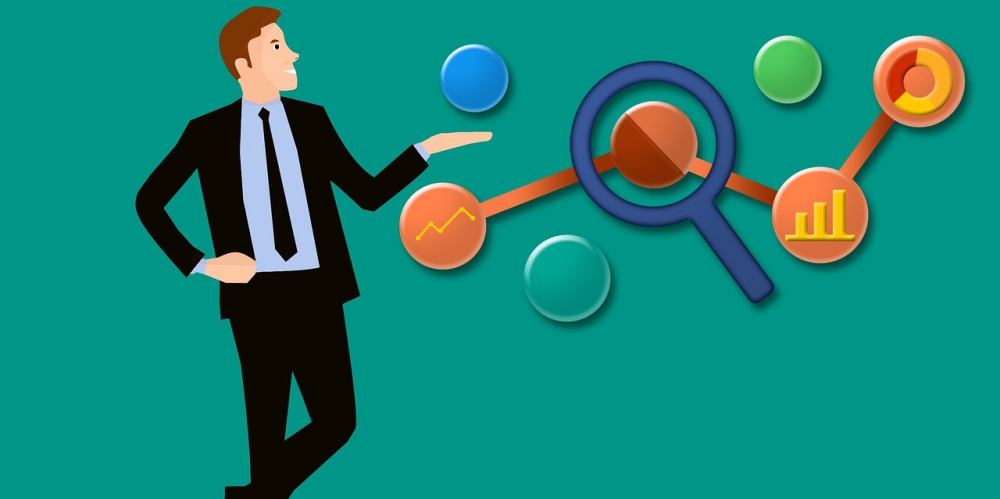
During the recent announcement about a billion-dollar investment into IoT R&D, Michael Dell, the chairman and CEO of Dell Technologies, said “I believe that AI and machine learning will be the jet engines of progress, and Dell will be the fuel.” The technology giant plans to leave a serious imprint in IoT space, and AI-powered analytics will make a huge part of the company’s first three-year initiative projects.
How do analytics, machine learning and IoT form this combo? And why is it so relevant right now?
Predictive analytics
Predictive analytics is not a new thing in many industries. Companies stuff their assets - products, offices, buildings, aircrafts, shipping containers, electric grids and the whole plants - with trackers, sensors and meters, enable IoT solutions for real-time data collection and visualization and let intelligent analytics extract actionable insights from this data.
Moreover, this approach is developing. Today, predictive analytics doesn’t stop simply at telling decision-makers when something is going to happen, for example some part wears out or product experiences extreme demand. Instead, “prescriptive” approach enables more advanced analytics to offer a preferred set of actions for each case. For example, ordering a new part from a certain supplier with a best-priced offer. Or increasing the issue of the product in demand.
Predictive analytics and machine learning
Predictive analytics based on machine learning capabilities identifies and understands patterns among massive data streams and determines the right time frames for certain actions.
For instance, Schindler leverages intelligent analytics to perform predictive maintenance of elevators. Thus, the company justifies every dollar clients spend on service and replacement.
Maersk Line uses sensor data from its 600 vessels to increase efficiency of shipping and fuel consumption. By predicting the best performance and travel routes, the company has already saved up to $100 million.
General Electrics uses digital twins of around 650k machines to perform in-depth analytics of assets’ life-cycle and predict issues at the earliest stage possible.
Another example of a cost-saving predictions comes from General Motors. The company has implemented an IoT system that covers about a quarter of its 30k factory robots and managed to foresee and avoid about 100 potential failures in 2 years.
Enhanced efficiency and unseen money savings would be enough in the lead-up to the era of Industry 4.0. However, predictive analytics powered by machine learning algorithms also promises less pragmatic, but probably more significant improvements.
Canada, the country where suicide is the second most common cause of death for people between 10 and 19 years old, implements a pilot project to determine new suicide hot spots and take necessary preventive actions months in advance. Canadian research company Advanced Symbolics will use its advanced analytics to process relevant publicly available content and predict when and where to address government’s attention to prevent tragedy.
In clean tech, advanced analytics sometimes makes the backbone of the whole performance. Unlike fairly predictable fossil exploitation, solar farms and wind turbines are more volatile resources that require continuous adjustment and maintenance to preserve efficiency. Literally, it means moving panels and redirecting turbines. Here is where machine learning steps in and promptly offers a precise plan of actions based on the terabytes of incoming real-time data.
Predictive analytics, machine learning and data
Data. They say “your predictive analytics can only be as good as the data you give.” All these examples demonstrate how machine learning models feed on the incoming data to perform the results. This is why it’s fair to say the more diverse and full the data we get, the better machine algorithms cope with the volume and variability of this data, the better predictions, hence, results we receive in the end.
Therefore, the more companies incorporate predictive analytics practices, enable IoT and leverage their legacy and real-time data, the more advanced machine learning models emerge. Here comes the vicious circle of fueling data, AI-based analytics and reliable predictions.
What to expect in the future
Adoption of next-gen analytics, intelligent maintenance and insight-driven decision making is no longer a question of if, but when. Companies around the world incorporate connected solutions for various reasons, learn how to use, share, monetize and benefit with data, invest into improving operations at every step - integration, management, inventory, replacement and even disposal.
According to Statista, we soon expect around 20 billion new connected devices able to collect even more data. In other words, machine learning will get all the data to develop and provide a more advanced analytics. And we will get more accurate predictions.
Edited by
Ken Briodagh





